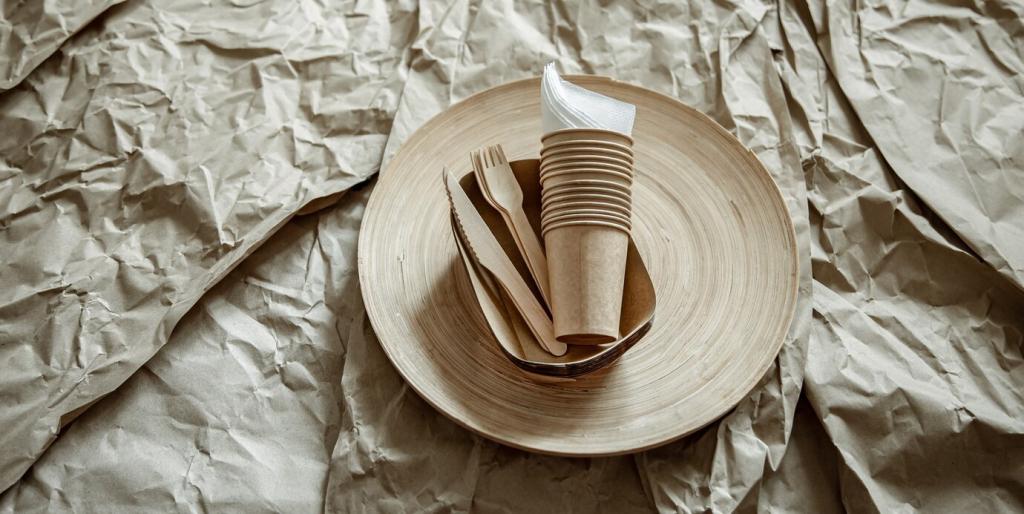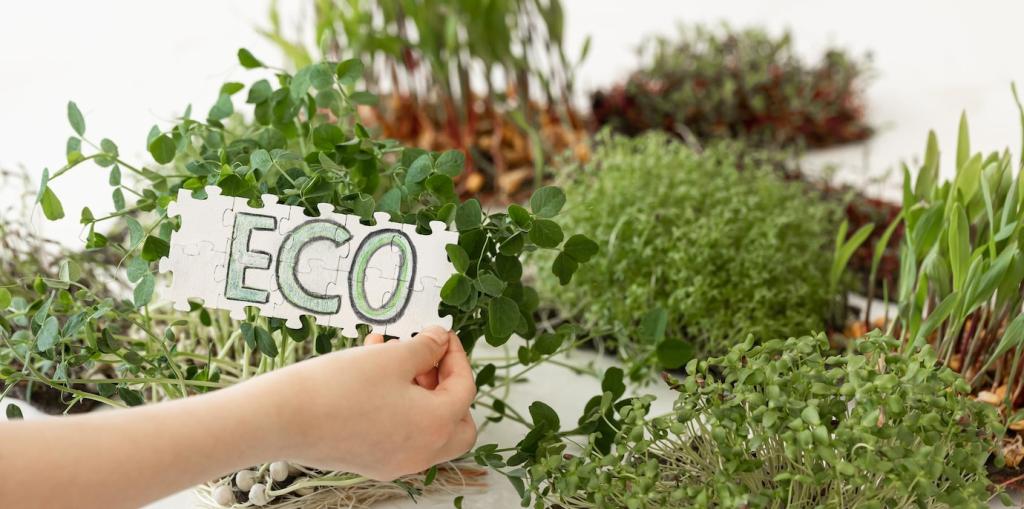Maintenance for Years of Beauty
Use mats at entries, felt pads under furniture, and regular dust-mopping to control grit. Clean with pH-neutral solutions—avoid steam or harsh chemicals. Recoat before wear-through at traffic lanes. A small, timely refresh is far easier than a full sand and total refinish.
Maintenance for Years of Beauty
Start with microfiber cloths and mild soap, rinsing gently. Test in an inconspicuous spot before tackling large stains. Melamine sponges can abrade sheen, so use lightly. Your water-based paint’s scrubbable film will handle life’s scuffs when treated with patience and thoughtful technique.





